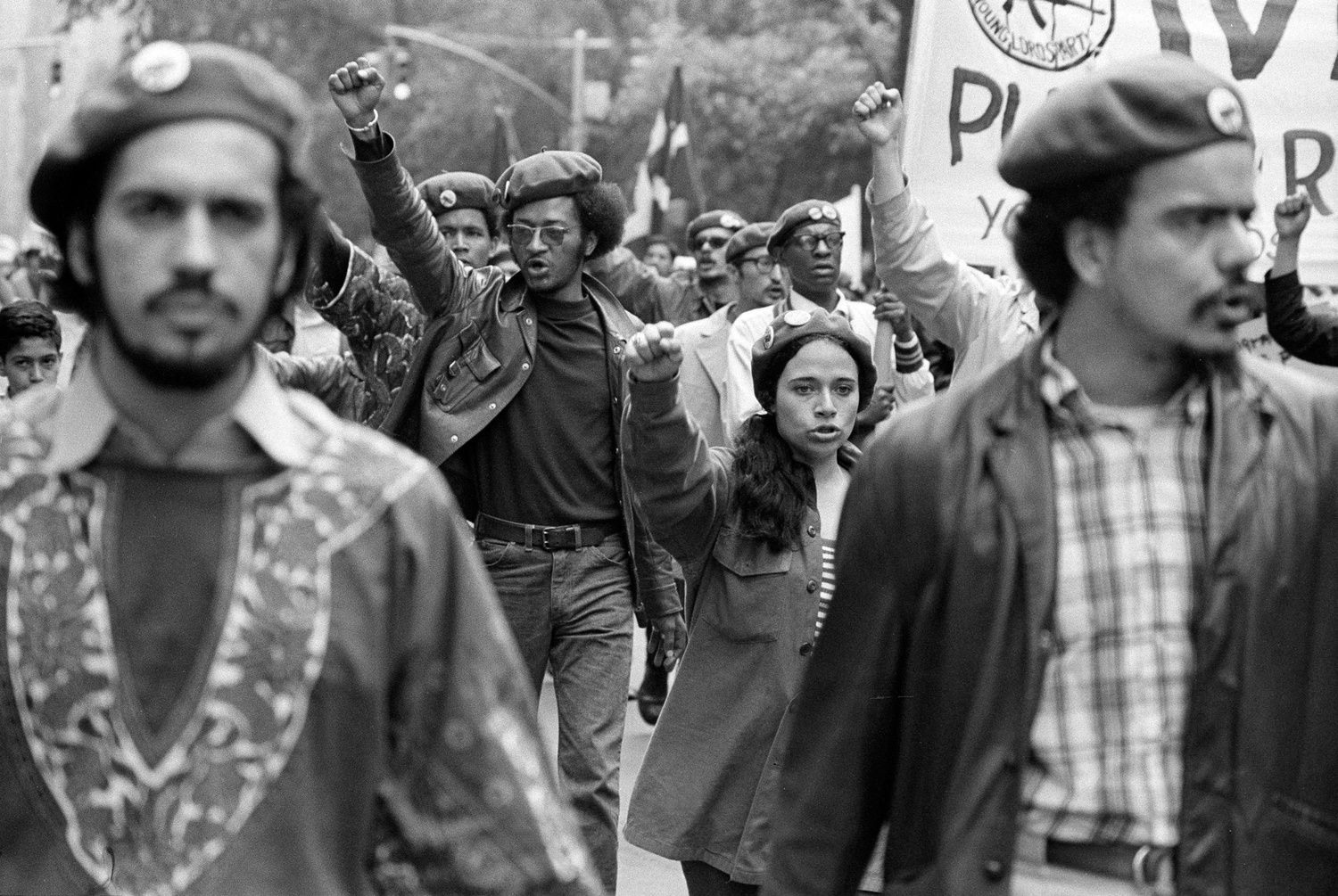‘Growing up in Ireland I was the only black person’Posted in Articles, Arts, Europe, Media Archive, United Kingdom on 2016-09-30 14:28Z by Steven |
‘Growing up in Ireland I was the only black person’
The Irish Times
2016-09-30
 Lorraine Maher, aged nine and today, who is curating the exhibition of photos of mixed-race Irish people at the London Irish Centre in Camden. |
A new exhibition in London challenges the perceptions of what Irish people look like
Lorraine Maher’s son Aaron died from cancer two years ago. Aaron, who along with his brothers, Dwayne, Darnel and Rù-ffel, had visited his mother’s homeplace in Carrick-on-Suir, Co Tipperary, many times and met his Irish family often, was proud to be Irish. Aaron would have chosen to play soccer for the Republic of Ireland, no doubt about that. He was also a fervent Tipperary supporter.
Maher visits his grave often.
“In the graveyard in London, he has his Irish flag and his Tipperary flag on his grave with his St Lucia flag.”
His dad is from St Lucia, and Aaron was proud of his dual heritage.
Aaron’s photograph is on his gravestone, too. “I see people looking at the grave like they are thinking: what has Ireland got to do with him?”
But Aaron was proud of his Irishness, she says. “He had two heritages and both made him proud.”
Even though it is now more common in Britain to use the term “dual heritage” rather than “mixed race”, Maher is not completely sold on the newer description.
“It is challenging because my only heritage is Irish,” she says. “So that is what the conversation I wanted to have is about. For mixed-race Irish people our ancestry, our roots, our blood are Irish.”…
…Maher was never an “immigrant”. She grew up in 1960s-1970s Carrick-on-Suir, Co Tipperary, where she was the only black person she knew. After Presentation Convent Primary, she moved to Scoil Mhuire in Greenhill.
“I’m mixed race. I identify as a black woman from Ireland, who is quite pale,” she laughs. “The only heritage I ever had was Irish heritage.” Maher is aware of her other ancestry, “but it is not important at the moment for me”, she says…
Read the entire article here.





